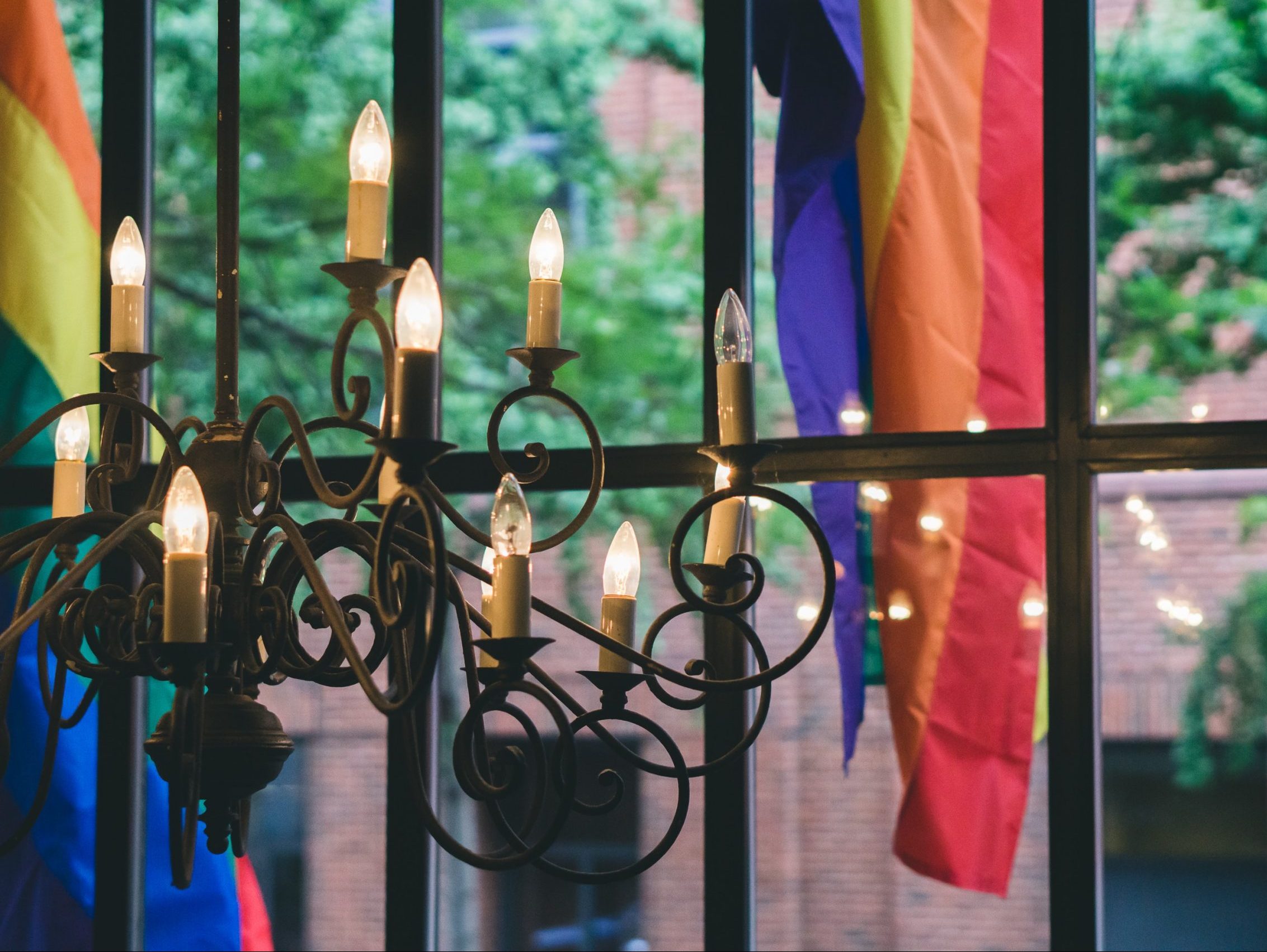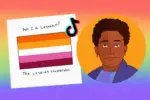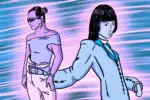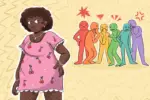Generation Z is the queerest generation yet, but young lesbians, nonbinary-loving women and women-loving women may be out of luck for bar options by the time they’re of drinking age. There are an estimated 60,138 bars in the U.S. currently, but gay bars that cater to gay men and a more general spectrum of queerness are on the decline, with this article estimating a total of 1,400 gay bars in 2019, presumably less now that the pandemic has devastated the bar business. Lesbian bars are in even worse shape. Currently, it is believed that only 20 lesbian bars exist in the United States.
If you are not a lesbian or are unfamiliar with lesbian issues, your first thought may be something like, “Well that sucks, but there are still over a thousand gay bars, surely lesbians can go there instead.” Technically this is true, and many gay bars take steps to be more welcoming to lesbians, queer women and nonbinary people, but the vast majority are based around gay men and their bar preferences.
In addition, there’s the issue of straight women. Around the early aughts, it became a trend among straight women to have a “gay best friend,” referring to a gay man. Because of the popularization of the term, straight women began to feel comfortable entering spaces alongside gay men, never considering lesbians. Due to this, gay bars are unfortunately not necessarily a safe space for lesbians, queer women and nonbinary people.
With current trends toward the acceptance of LGBTQ+ people, it is possible that if a lesbian, queer woman or nonbinary person hits on a straight woman in a gay bar, the best response they’ll get is the straight woman rejecting them based on her sexuality. However, it is also possible that she will insult them, exploit them by using them as a tool for attention or sexuality exploration or, scariest of all, injure them or allow a jealous boyfriend to do so. Hannah Gadsby addressed this kind of hate crime in her Netflix special “Nanette” and explained that it is a form of violence that especially affects butch and masculine lesbians, who are ironically some of the most in need of the safe spaces offered by gay bars.
Lesbian history in the United States is hugely linked to bar culture. Because of the criminal and taboo nature of homosexuality, as well as the limitations placed on women in regard to personal independence, lesbian bars were vital to a secret community. It wasn’t until the First World War that women gained more independence and were no longer strictly required to appear in public with men to be afforded service.
Because straight women do not endure the same struggles, this new permission did not impact them in the way it did lesbians. All at once, unaccompanied women, often lesbians, were afforded gathering spaces to meet each other and form communities. However, at this early stage, lesbians and gay men often still required each other for public safety. This began to morph as butch and femme identities emerged and lesbians grew more violently oppressed. In the ‘50s, butches began to become a fully formed identity and assumed their role as protectors of their spaces. While many could pass as men, they would face horrific violence if discovered.
This did not prevent them from serving their communities though; butches like Leslie Feinberg and Stormé DeLarverie were crucial to LGBTQ+ progress. Feinberg penned many important texts on the link between lesbian and transgender identities for butches, most notably the heartbreaking “Stone Butch Blues,” which deals heavily with lesbian bar culture and the violence faced by butches. DeLarverie is said to have been one of the many butches brutalized at Stonewall, specifically the one whose cries sparked the rebellion that is one of the most important points of modern queer history. After Stonewall, DeLarverie served as a bouncer at lesbian bars, protecting the spaces and watching over younger lesbians, who she called her “baby girls.”
Because of the crucial role of lesbian bars in lesbian history, in October 2020, the Lesbian Bar Project was started. Originally, the project found 15 remaining lesbian bars in the United States, but that list was eventually expanded to 21. Since then, the Toasted Walnut in Philly has closed its doors, so the official count is down to 20. However, it is possibly less, as some bars, like Henrietta Hudson, have rebranded to not cater to lesbians, and others’ statuses are difficult to discern online, like Ginger’s. Many of these remaining 20 bars are old. In fact, the oldest one appears to be Wild Side West, which opened its doors in 1962 in San Francisco.
These bars are crucial to modern lesbians, queer women, nonbinary people and lesbian history, so it is crucial that we do our best to keep them open. While the Lesbian Bar Project is not currently accepting donations, if you are a lesbian, queer woman or nonbinary person over the age of 21, you should check to see if you are near one of the 20 remaining bars and support them while you still can. This could be one of the last opportunities to experience this aspect of lesbian history.
















